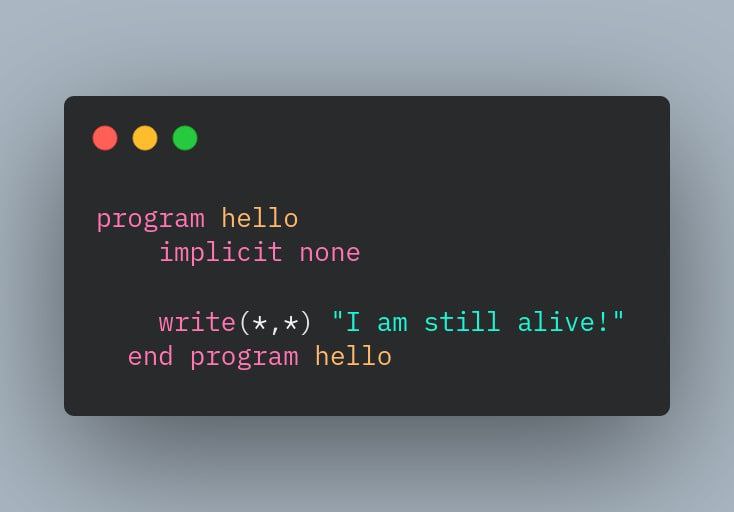From 2020 to the present, Fortran continues to climb the rankings of the most used programming languages, surpassing languages adopted by the scientific world such as Matlab and R.

FORTRAN perforated sheet
Fortran is a programming language developed in the 1950s by IBM under the leadership of John Backus, a pioneer in computer science. In spite of its venerable age and some features of the original design now considered outdated, it continues to be an attractive choice especially by the scientific community with high-performance computing (HPC) needs.
What makes it so unique?
While at the time of its invention Fortran was practically the only alternative to assembly language, as time went on other languages of more modern design took the field in scientific programming such as C, C++, and Python. Nevertheless, the large amount of code produced in Fortran over the years still makes it a key language for maintaining legacy scientific applications but also for developing new ones. In fact, over the years the standard has been able to renew itself and integrate features both common in more modern languages such as Object Oriented Programming and modules, and of the more peculiar and aimed at the HPC world such as the transparent vectorization of operations on arrays and coarrays.

Hello World in FORTRAN
It should come as no surprise therefore, not least under the light of the increasing interoperability with other more modern languages such as C, C++ and Python, and the growing need to process large volumes of scientific data, that we are witnessing a revival of Fortran as evidenced by its climb up the TIOBE rankings (in 2 years a leap from 34th to 18th position).
In addition to this, Fortran continues to be the “hidden” beating heart of many widely used libraries in data-science and machine-learning: an example is numpy, which uses Fortran implementations of BLAS and Lapack, historical libraries for linear algebra, a fundamental tool within Deep Learning algorithms.
eXact lab actively collaborates with scientific institutions such as OGS (National Institute of Oceanography and Experimental Geophysics) and JRC (Joint Research Centre) to modernize and optimize scientific applications written in Fortran, bringing to bear its expertise in the field of HPC.
Learn about our offerings and services by clicking HERE.
Author: Matteo Poggi
A graduate in Physics from Florence, Italy, he received his PhD in Elementary Particle Physics from Sissa in Trieste, Italy in 2018. After a research experience at Kias in Seoul in the field of Theoretical Physics, he received his Master’s degree in HPC from Sissa in 2021, with a thesis on the application of HPC principles in industry, carried out with eXact-lab.
In eXact-lab he develops and optimizes scientific and industrial software, collaborating with institutions and participating in European research projects.

